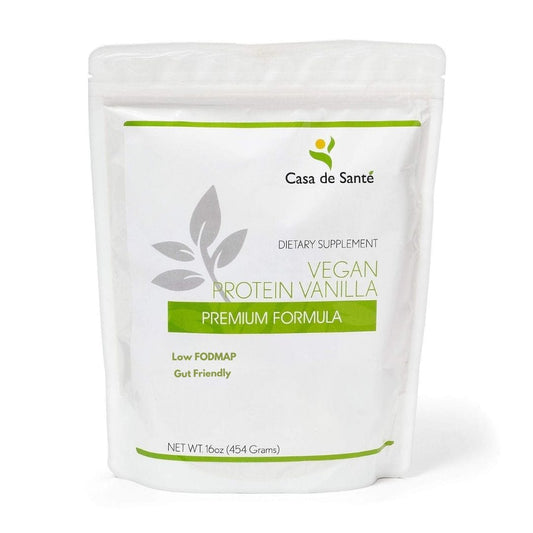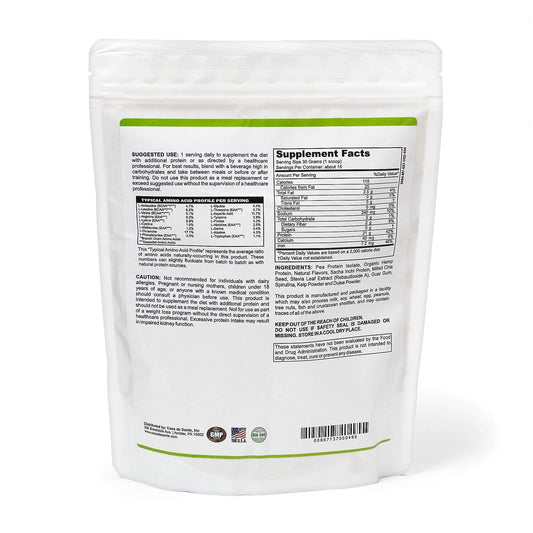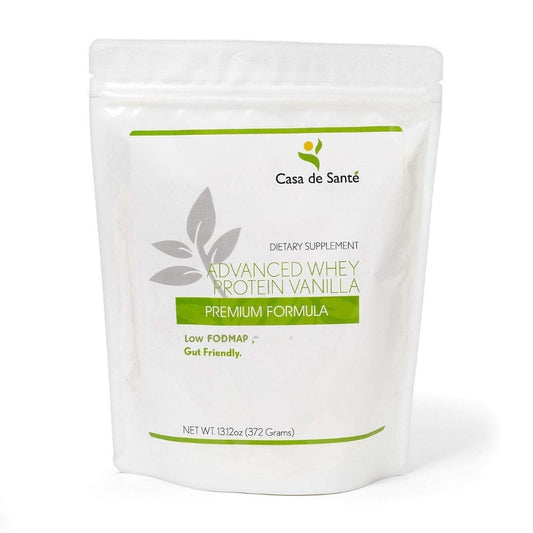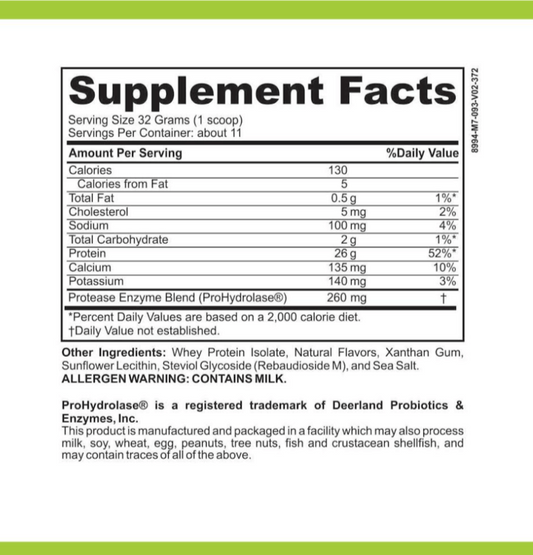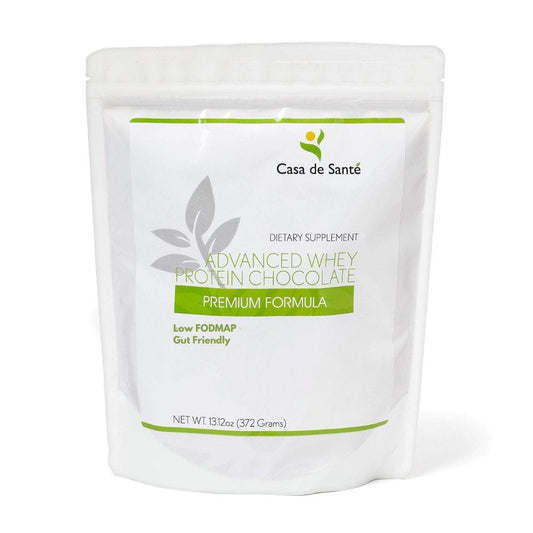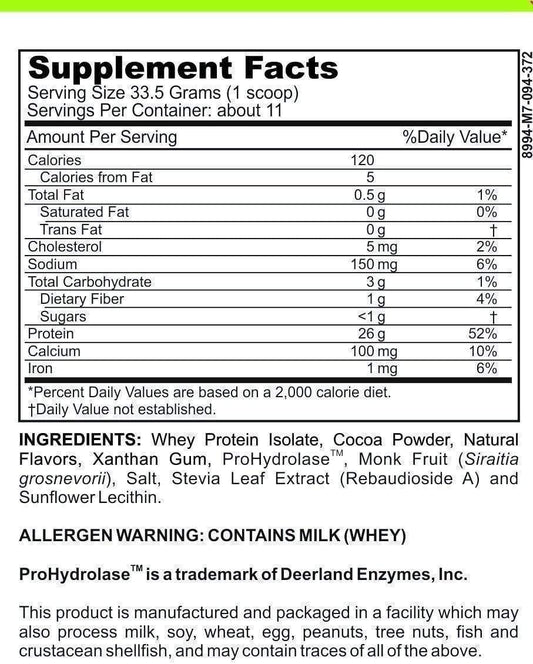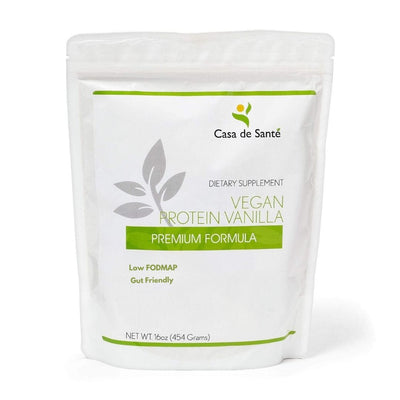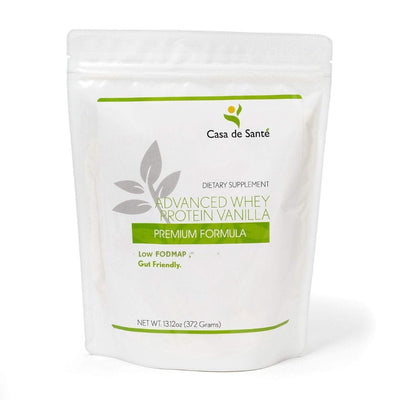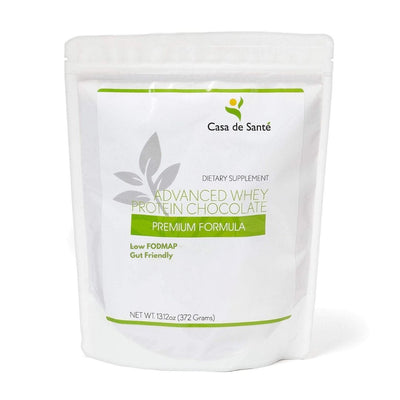Can Pesto Trigger IBS? Understanding the Connection Between Garlic, Nuts, and Digestive Symptoms
Can Pesto Trigger IBS? Understanding the Connection Between Garlic, Nuts, and Digestive Symptoms
That delicious swirl of basil, pine nuts, garlic, olive oil, and Parmesan cheese can transform any ordinary pasta dish into something extraordinary. Pesto has become a pantry staple for many food enthusiasts, but for those living with Irritable Bowel Syndrome (IBS), this flavorful sauce might be causing more trouble than it's worth. If you've ever wondered why your favorite pesto dish leaves you feeling bloated, gassy, or running to the bathroom, you're not alone. The relationship between pesto and IBS symptoms is complex and worth exploring.
What Makes Pesto a Potential IBS Trigger?
Traditional pesto contains several ingredients that are known to trigger IBS symptoms in sensitive individuals. Understanding these components can help you determine whether pesto might be contributing to your digestive discomfort.
The Garlic Factor
Garlic is perhaps the most problematic ingredient in pesto for people with IBS. It contains fructans, a type of fermentable carbohydrate that falls under the FODMAP umbrella (Fermentable Oligosaccharides, Disaccharides, Monosaccharides, and Polyols). These compounds can be difficult to digest for many people with IBS, as they ferment in the gut and produce gas, leading to bloating, abdominal pain, and changes in bowel habits.
Even small amounts of garlic can trigger symptoms in sensitive individuals. Unfortunately, garlic is a fundamental flavor component in traditional pesto, making it difficult to avoid while maintaining the sauce's characteristic taste profile.
Nuts and Digestive Sensitivity
Pine nuts, the traditional nut used in pesto, are relatively high in fat. While not technically high in FODMAPs, high-fat foods can still be problematic for some IBS sufferers, as they can slow digestion and intensify symptoms. Additionally, some people may have difficulty digesting certain types of nuts, leading to gastrointestinal distress that mimics or exacerbates IBS symptoms.
Other nuts sometimes used in pesto variations, such as walnuts or almonds, can present their own challenges. Almonds, for instance, are considered high in FODMAPs when consumed in larger quantities, potentially causing problems for those following a low-FODMAP diet to manage IBS.
Cheese Considerations
Parmesan cheese, another key ingredient in traditional pesto, is actually relatively low in lactose compared to other dairy products. This means it's often tolerated well by many people with IBS who have lactose intolerance. However, some individuals may still be sensitive to other components in cheese or may have more severe lactose intolerance that makes even the small amount in Parmesan problematic.
Olive Oil and Fat Content
Extra virgin olive oil, while generally considered a healthy fat, contributes to the overall fat content of pesto. For IBS sufferers, high-fat foods can be particularly troublesome as they can stimulate contractions in the colon and increase sensitivity to pain signals from the digestive tract. The rich, oily nature of pesto means that even a small serving contains a significant amount of fat, which may slow gastric emptying and exacerbate symptoms like bloating and discomfort, especially in those with IBS-D (diarrhea-predominant IBS) or IBS-M (mixed type IBS).
Additionally, consuming pesto as part of a larger meal that contains other fatty components can compound these effects, creating a cumulative fat load that exceeds what your digestive system can comfortably handle. Many IBS patients report that their tolerance for fatty foods varies considerably depending on stress levels, recent dietary choices, and whether they're experiencing an active flare-up of symptoms.
Basil and Digestive Impact
While fresh basil—the herb that gives pesto its distinctive green color and aromatic flavor—is generally considered low in FODMAPs and safe for most people with IBS, it's not entirely without potential issues. Some individuals may experience digestive discomfort from the aromatic compounds in basil, particularly when consumed in the concentrated amounts found in pesto. These natural plant compounds, while giving basil its characteristic flavor and aroma, can stimulate the digestive tract in sensitive individuals, potentially triggering cramping or altered bowel habits.
Furthermore, commercially prepared pestos often contain preservatives, stabilizers, or flavor enhancers that aren't present in homemade versions. These additives, which rarely appear prominently on ingredient labels, can include garlic powder, onion derivatives, or other high-FODMAP ingredients that might trigger IBS symptoms even when consumed in small amounts. For particularly sensitive individuals, these hidden ingredients can make commercial pesto significantly more problematic than its homemade counterpart.
The FODMAP Connection to IBS
To understand why pesto might trigger IBS symptoms, it's important to grasp the relationship between FODMAPs and irritable bowel syndrome. FODMAPs are types of carbohydrates that can be poorly absorbed in the small intestine, leading to fermentation in the large intestine and resulting in gas, bloating, and other IBS symptoms.
How FODMAPs Affect the Digestive System
When FODMAPs reach the large intestine undigested, gut bacteria feed on them through a process called fermentation. This process produces hydrogen, carbon dioxide, and in some people, methane gas. These gases stretch the sensitive intestine, causing pain and discomfort. Additionally, FODMAPs can draw water into the intestine, which can lead to diarrhea in some individuals or contribute to constipation in others.
Research has shown that approximately 75% of people with IBS experience symptom improvement when following a low-FODMAP diet. This strong connection explains why high-FODMAP ingredients in pesto, particularly garlic, can be problematic for those with IBS.
Individual Tolerance Levels
It's worth noting that FODMAP tolerance is highly individual. Some people with IBS may be able to tolerate small amounts of high-FODMAP foods without experiencing symptoms, while others might react to even trace amounts. This variability makes it challenging to make blanket statements about whether pesto is "safe" for people with IBS.
Additionally, tolerance can be cumulative. You might be able to handle a small amount of pesto on its own, but if consumed alongside other high-FODMAP foods throughout the day, you could exceed your personal threshold and experience symptoms.
Making Pesto IBS-Friendly
The good news is that you don't necessarily have to give up pesto entirely if you have IBS. With some modifications, you can create delicious pesto alternatives that are less likely to trigger symptoms.
Garlic-Free Alternatives
Since garlic is often the most problematic ingredient in pesto for those with IBS, finding alternatives is key. Garlic-infused oil is a popular option, as the FODMAPs in garlic are not oil-soluble. This means you can get the flavor without the troublesome compounds. Simply steep garlic cloves in olive oil, then remove them completely before using the oil in your pesto.
Another option is to use asafoetida (hing), a spice with a garlic-like flavor that's low in FODMAPs. Just a pinch can add depth to your pesto without causing digestive distress. Some people also find that chives or the green parts of spring onions can provide a mild allium flavor that's gentler on the digestive system.
Nut Substitutions
If pine nuts cause you problems, consider substituting them with seeds that are lower in fat and generally well-tolerated by people with IBS. Pumpkin seeds (pepitas) make an excellent alternative and are considered low-FODMAP. Sunflower seeds can also work well, though they will impart a slightly different flavor profile to your pesto.
For those who can tolerate some nuts, macadamia nuts are a lower-FODMAP option that creates a creamy, rich pesto. Just be mindful of portion sizes, as even low-FODMAP foods can cause issues when consumed in large quantities.
Cheese Considerations
Aged cheeses like Parmesan are typically lower in lactose and often well-tolerated by people with IBS. However, if dairy is a trigger for you, nutritional yeast can provide a cheesy flavor without any dairy components. Some IBS-friendly pesto recipes also incorporate a small amount of miso paste for umami depth, though this should be used sparingly as it contains some FODMAPs.
Testing Your Personal Tolerance
Because IBS triggers are highly individual, it's important to determine your own tolerance levels rather than relying solely on general guidelines.
Food Journaling
Keeping a detailed food journal can help you identify patterns between what you eat and your symptoms. When consuming pesto or pesto-containing dishes, note the ingredients, portion size, and any symptoms that follow. Over time, this can help you determine whether pesto is a trigger for you and which specific components might be causing problems.
Remember that symptoms may not appear immediately after eating. IBS reactions can sometimes take hours or even a day to manifest, making a systematic tracking approach essential for identifying true triggers.
The Elimination and Challenge Approach
If you suspect pesto triggers your IBS but aren't sure which component is the culprit, consider an elimination and challenge approach. This involves removing pesto completely from your diet until symptoms stabilize, then systematically reintroducing individual components (garlic, pine nuts, cheese) one at a time to see which ones cause reactions.
This methodical approach can provide clear insights into your specific triggers and help you make more informed decisions about which modified pesto recipes might work for your unique digestive system.
Beyond Pesto: Other Sauces to Consider
If you find that even modified pesto recipes trigger your IBS symptoms, there are plenty of other flavorful sauces that might be better tolerated.
Low-FODMAP Sauce Alternatives
Simple olive oil-based sauces with herbs like rosemary, thyme, or oregano can provide flavor without the problematic ingredients in pesto. A light sauce of olive oil, lemon zest, and fresh herbs can brighten pasta dishes without triggering IBS symptoms.
Tomato-based sauces can also be made IBS-friendly by avoiding onion and garlic. Instead, use carrots and celery as your aromatic base, and add herbs like basil and oregano for flavor depth. Just be mindful of portion sizes, as tomatoes can be problematic in large amounts for some people with IBS.
Conclusion: Enjoying Food with IBS
Living with IBS doesn't mean you have to give up flavorful foods like pesto entirely. By understanding which components trigger your symptoms and making thoughtful substitutions, you can often find ways to enjoy modified versions of your favorite dishes.
Remember that IBS management is highly individual, and what works for one person may not work for another. Be patient with yourself as you navigate your unique food triggers, and don't hesitate to work with a healthcare provider or dietitian who specializes in digestive disorders. They can provide personalized guidance that takes into account your specific symptoms, dietary preferences, and nutritional needs.
With some experimentation and creativity in the kitchen, you can develop a repertoire of delicious, IBS-friendly recipes that satisfy your taste buds without upsetting your digestive system. And who knows – your modified pesto recipe might end up becoming your new favorite!

